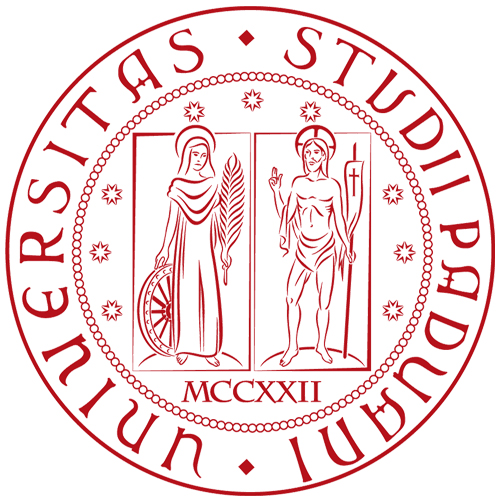This rectangular altar of Attalos I is one of the two found among the Byzantine structures that were built within the ruins of the ‘House with the Podiensaal’, a luxury peristyle house erected in the mid-2nd century and later used, with several changes, until the end of Antiquity. While theses specimens are per se not different from the other altars of the the cult of Attalos I Soter in Pergamon, their find spot is particularly intriguing as it could testify to the survival of the cult of this king after the end of the dynasty, when the house was in use.
Permanent ID
http://s.phrc.it/phrc023Images:
Photo 1: Photo of the altar, from Radt 1989, p. 204-205, photo 2
Photo 2: Plan of the House with the 'Podiensaal' (Late Hellenistic period); photo based on Schwarzer (2008), p. 49, photo 8, modified for Caneva 2020






